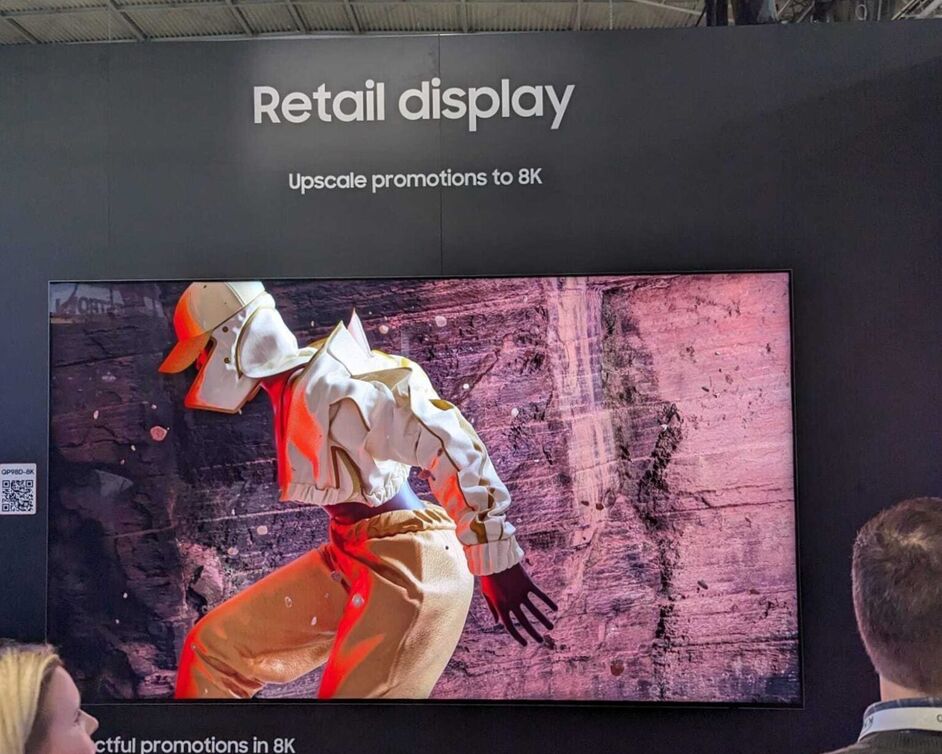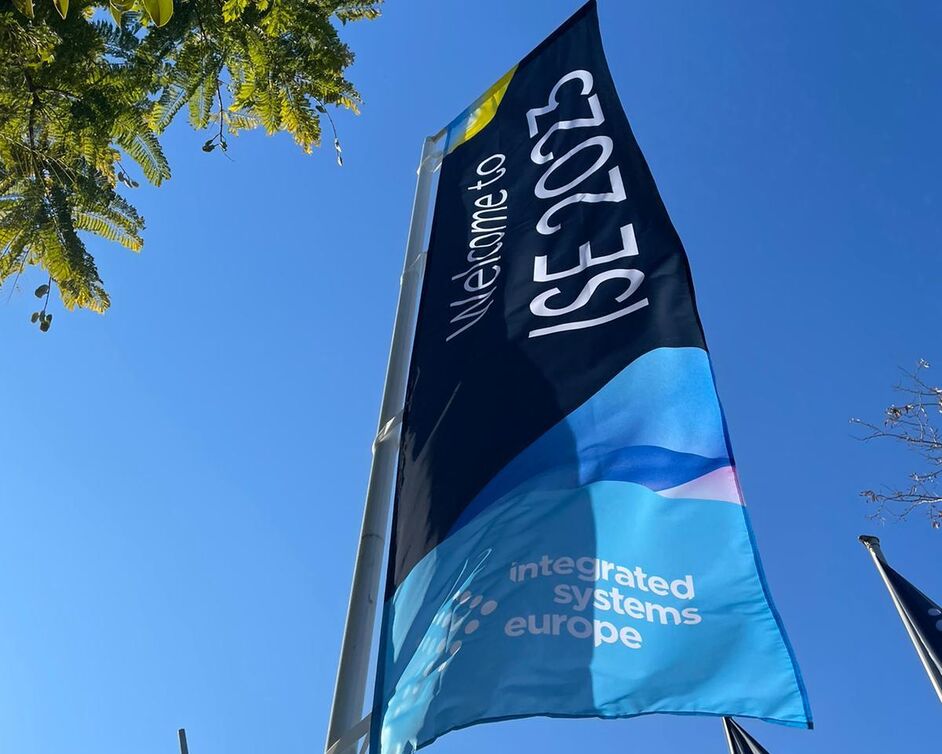"Gamification is the perfect way to bring complicated topics with ease and really bring your visitor into the story"
- Year
- 2022

There is still a lot of confusion about the term 'gamification,' so we consulted our developers Steven and Jannes for clarification.
Gamification: what is it exactly?
We talked about it with our developers Steven and Jannes.
Steven: Gamification for me means explaining a serious and complex subject through a game. The biggest challenge is to find a game that is relevant to the subject. For example, you can do so by integrating a quiz into your story or by simulating a certain situation. It increases your visitors' engagement enormously.
Jannes: I completely agree with that. It's a very good way to trigger someone to take part, to make sure there is a certain competitiveness between them. It obviously doesn't matter who was best at it, but it is the perfect way to ensure that people engage in a dialogue or even debate with each other.
Can you give some concrete examples of gamification in the corporate world?
Both: Orange Cyberdefense's Cyber Experience Centre is a great example. We simulate a real-life cyber attack over there. Through tablets, visitors receive different questions which creates a competition amongst them. Cybersecurity is a broad concept, but it becomes tangible thanks to this form of gamification. It hits visitors really close to home and confronts them with the risks.
Steven: It also contains a number of 'fun factors' that contribute to a certain feeling. The whole experience is packed with subtle animations, for instance, at one point there is a rewind button that allows you to rewind the experience. These little things are what makes visitors lose track of time and get completely sucked into the story.


Steven: Another example is The Future Logistics Hub of POM West Flanders. It is where we simulate how transport across Europe gets organised. Of course, it is a simplified representation, but it gives a clear picture of how everything works. As a visitor, you see the map of Europe on the video wall and receive various assignments via a tablet. The idea is to arrange transport and reach five different hubs within a certain timeframe.
Steven: The Techpedition also ranks on my top three in terms of projects with gamification. The Techpedition was a temporary experience for Imec where, among other things, we designed a smart refrigerator that perfectly knew which products were about to expire, where they came from, what allergens they contained, etc. In addition, each visitor was given a wristband with RFID technology at the entrance, making the experience fully customised. At a certain place in the experience center, you could then use that technology to control music and light, as if you were standing at the DJ booth at Tomorrowland yourself. Again, it was a huge benefit for the empathy and the overall experience.


Jannes: And in fact, we don't always have to look too far. At Het Steen in Antwerp, there is also gamification, in my opinion. In one of the rooms there is a gigantic table with six touchscreens where you discover the city over the years.

What is the added value of gamification according to you?
Jannes: Thanks to gamification, someone can more easily empathise with a certain situation. Certainly in a simulation, for example. In that case, they are part of the story themselves and have to make thoughtful choices to reach a solution.
Steven: Indeed, that empathy is an important aspect of gamification. Moreover, it is also a suitable way to make slightly more complex material lighter. It can be a basis to start from and zoom in on afterwards. Gamification does not mean that you don't take a certain topic seriously all of a sudden, but it means that you make complicated matters understandable. Moreover, everything sticks much longer thanks to this active involvement. And the wow factor also plays a role here, of course.
Jannes: It is a powerful tool to capture and also keep the attention of your audience. With gamification, visitors tend to even lose track of time.
Steven: I completely agree. They get sucked into the story and that's precisely why it's also perfect to cover a longer time span. Visitors are much more attentive, whereas this is quite the opposite with a dry presentation without interactivity...
Jannes: Another advantage is that it is a sustainable investment. You can constantly expand and/or update the content of the game itself with Xperify (our software platform). Of course, that makes it very interesting: once you have a base worked out, you can keep experimenting with it.
Is gamification relevant for every business?
Steven: Absolutely. Gamification can work for any sector and any target group. It's often the case that company managers or employees know their product or service inside out and take themselves as a reference point. Everything seems obvious to them, but it is often not the case for their target group. This is when gamification can make the difference. Moreover, as a company, you can choose how far you go with it.
Jannes: I think it's especially important to not take it too far. You really will remain professional, it's just the way that is a bit more light-hearted. I think there is still some confusion around the term 'gamification'. Most immediately think of complete 3D environments and VR glasses, but it's in small things. Just the fact that you involve a visitor in your presentation and the fact that he or she influences the course of the story is already gamification.
How do you envision the future of gamification and other technologies like augmented reality?
Jannes: That's a good question, haha. Nowadays, everything evolves at a fast pace so it's hard to predict. I do think that the use of gamification and other technologies will increase. The only nuance here is that it should be a tool to tell your story. When it's thoughtless it just feels forced.
Steven: I also think there is still a lot of potential in gamification. In the next few years, I think there will be a big evolution. Personally, I am a big believer of AR to provide certain training. For doctors or train drivers, for example, I think it would be a suitable medium to master certain actions.
Jannes: With virtual and augmented reality, there is currently a (too) high usage barrier. In my opinion, the technology is not yet advanced enough to really offer added value in a business context. On the other hand, it does create a wow factor again.
Steven: Yes, that's right. Virtual reality is also less appealing to me. You partly lose the social aspect and everything is a lot more distant. That makes it quite difficult to engage in discussion or dialogue. Take the Metaverse for example, which in my eyes is mostly 'gameplay' at the moment. I prefer reallife, physical contacts with an interactive touch. I see it mainly as an and-and story.
Thanks for the open discussion, Jannes and Steven!








